These Trees Tolerate Wet FeetIt's really no surprise that native plants are nature's problem solvers in lowcountry landscapes. They've adapted to our some of our region's most adverse growing conditions such as dry or wet soils, salt exposure, and Charleston's hot, humid summers. Listed here are native tree cultivars that address one issue that Charleston residents know well - wet soils, or areas that tend to hold water in their landscapes after heavy rains. The good news is that each of these varieties provide a beautiful and functional solution when deciding what to plant in or near those damp, problem areas.
All of these native trees and more are available now at our Garden Center at 1290 Brownswood Road on Johns Island. Come out to see us soon - a Nursery Professional would be happy to assist you in choosing the perfect tree for your landscape! For Planting Success:We highly recommend amending the soil in your planting area with Brownswood Premium Planting Mix as well as a starter fertilizer such as Espoma Organic Bio-tone® Starter Plus to give your new plants their best start. You can find our Planting Guide at the link below. It provides planting instructions and helpful information about watering and getting new plants established. We look forward to seeing you at the Garden Center!
Beautify Your Landscape with Colorful Flowers and LeavesSearching for the perfect ornamental tree for your landscape? We've got a great selection for you! From the earliest spring bloomers to spring and fall foliage interest, these selections are a feast for the eyes. Pollinators will appreciate their beautiful flowers as well!
It's easy to see why these selections are some of our guests' favorites. Visit our Garden Center soon for these and other new arrivals to add beauty to your landscape! READY TO TRANSFORM YOUR YARD?
THE BENEFITS OF PROFeSSIONAL DESIGN
Landscape design brings together plants, patios, walkways, pergolas, water features, landscape lighting, and more to create a space that is attractive, functional, and the perfect complement to your home.
Whether you're updating an existing landscape or starting fresh with a new home build, partnering with a professional designer will make a huge difference in the outcome of your project.
While there are many benefits of a well-designed landscape, three of the biggest are:
AVOID MISTAKES THAT COST EXTRA MONEY & TIME Starting with a professional design for your landscape saves both money and time by reducing the likelihood of DIY mistakes. (Think re-planting or hardscape/structure demolition down the road if landscape elements don't play well together.) EXPERTS TAKE CARE OF THE DETAILS A skilled landscape designer creates a plan that takes into consideration all factors that affect your landscape such as:
PEACE OF MIND BEFORE BREAKING GROUND A comprehensive landscape design is your road map for a successful transformation. It ensures all elements of the design fit together seamlessly and allows you to prioritize implementation to fit your preferences and/or budget. By going through the discovery, design, and revision process with your designer, you can rest easy knowing you'll love the end results! LOVE THE PROCESS & THE RESULTS
Our professional landscape designers collaborate with you. They work to understand your vision, thoroughly analyze your landscape to make their best recommendations, and maintain open and clear communication throughout the length of your project.
Our team will provide tools for you to discover the wants and needs you have for your landscape, budgeting for the overall project and the first phase of implementation, and discuss the following with you before beginning your design:
Brownswood DESIGN PROCESS
Are you ready to transform your landscape? The first step is a design consultation at your home, followed by meetings with our design team as follows:
By working with experienced landscape designers, your options extend beyond the basics. You gain a trusted partner who will see to it that your landscape goals are achieved as efficiently as possible. It's a very rewarding experience that will leave you with a landscape to love for years to come.
RECENT LANDSCAPE TRANSFORMATIONS
What Clients are Saying about
Brownswood Nursery & Landscape:
|
Categories
All
Archives
June 2024
|






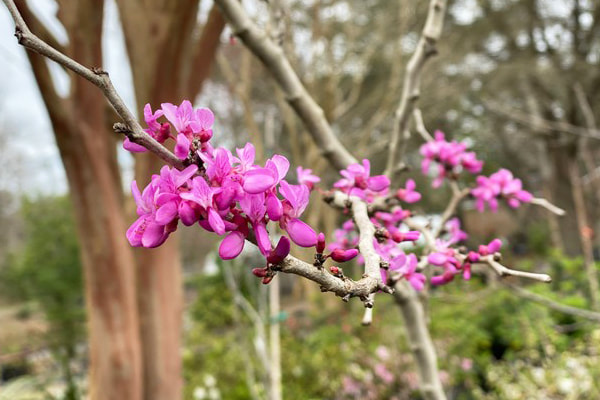
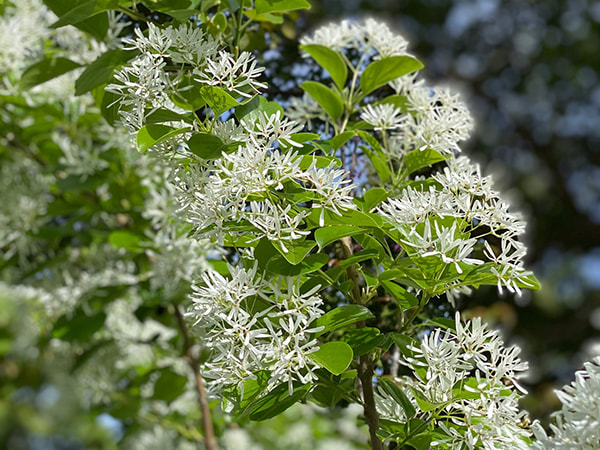
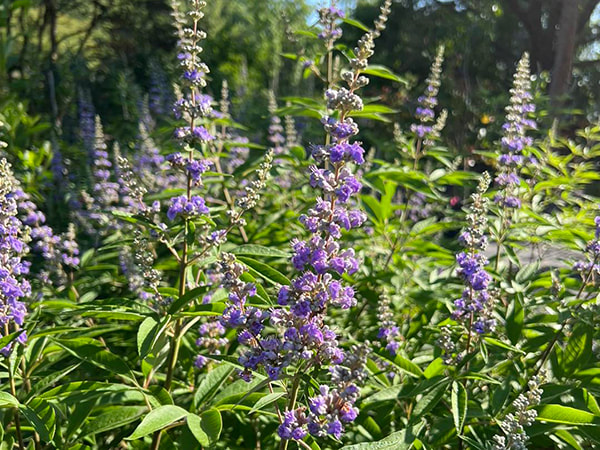
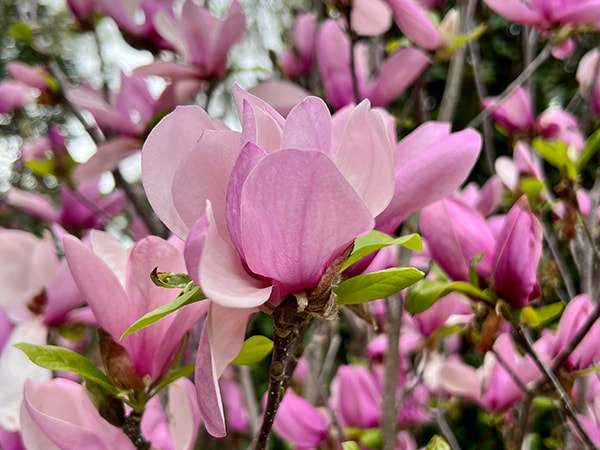
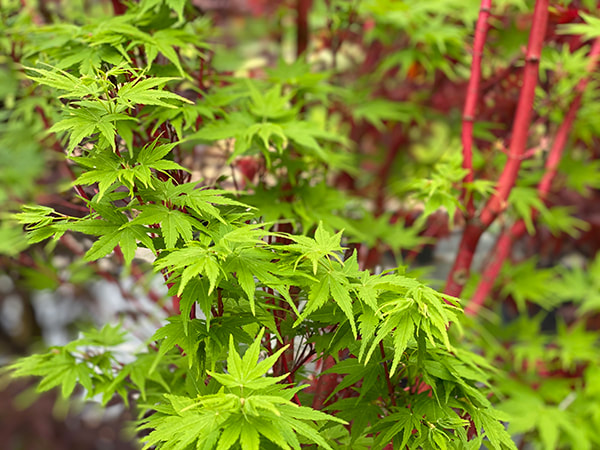
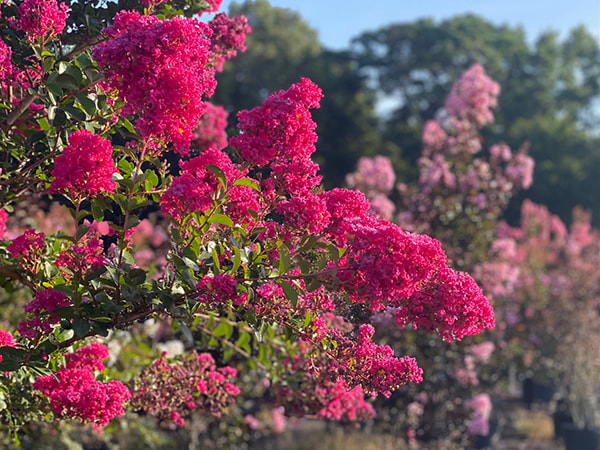
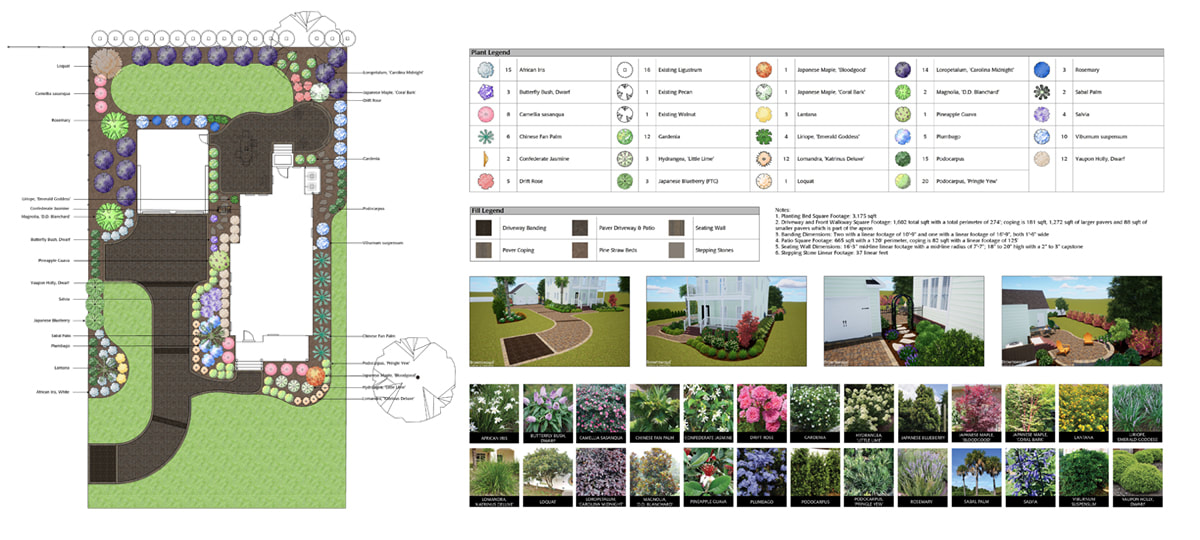
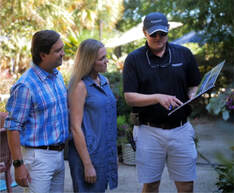
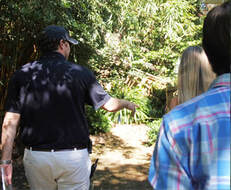

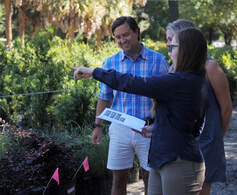
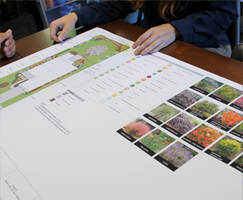
 RSS Feed
RSS Feed



